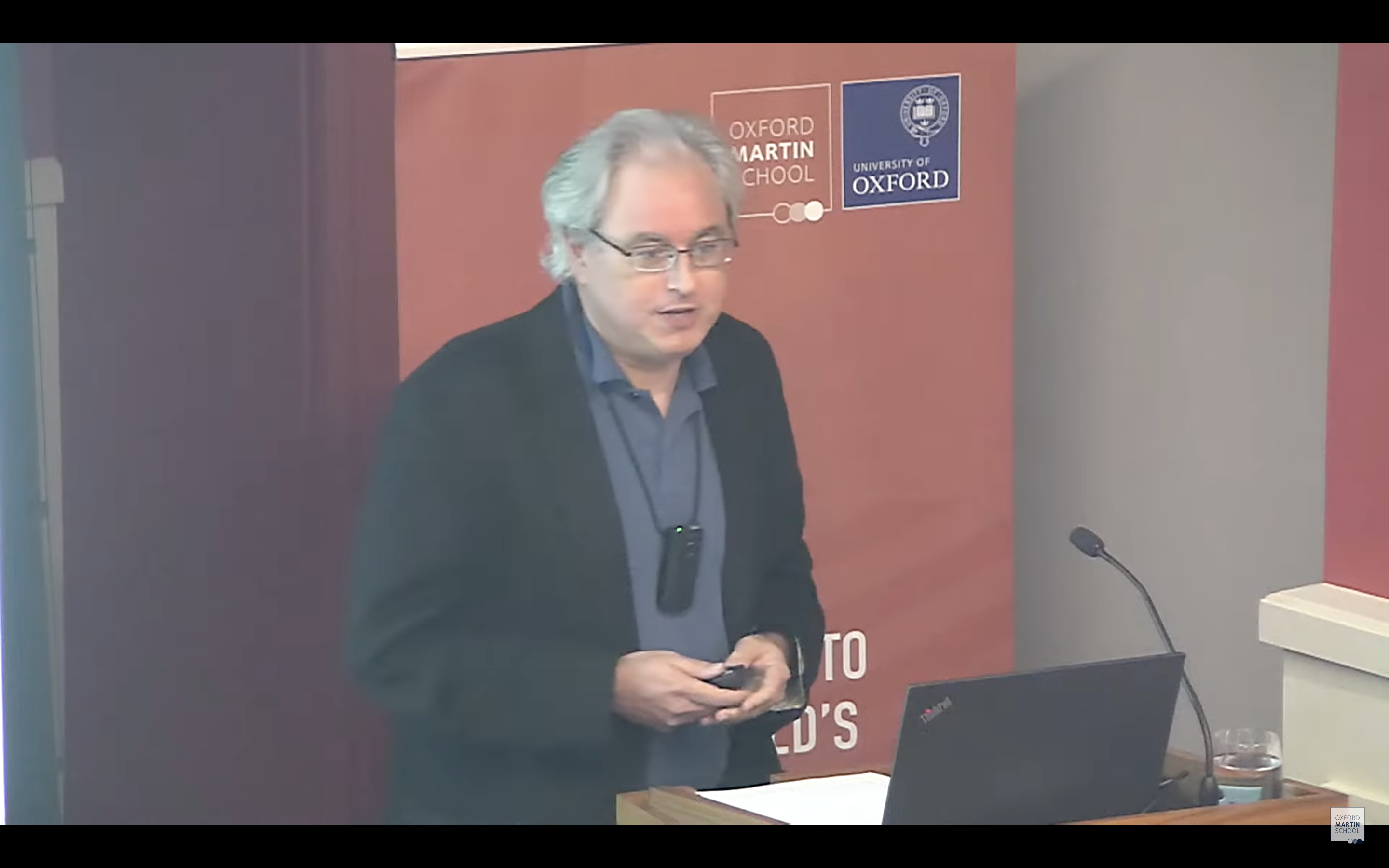The spotlight in Washington on Sunday was on health care reform. But something else big happened here that day: Tens of thousands marched on the National Mall to ask for reform of U.S. immigration law. Various immigration reform proposals are floating in the House and in the Senate, though it’s unclear when or even if we can expect changes in the law.And the spotlight within immigration reform remains on how “to protect our borders and decide what to do with the people who are already here”, as Senator George LeMieux puts it. But neither of those issues is really at the heart of the matter.Much more important is what a new law will do about “future flows”—creating a flexible and reasonable mechanism for legal immigration to respond to genuine future labor needs in the United States. The last big immigration reform, during the Reagan administration, also focused on “protecting our borders” and “what to do with the people who are already here”, without finding a lasting solution for future flows. And unsurprisingly, here we are 24 years later with many millions of unauthorized immigrants, one of many signs that the current U.S. immigration system is terribly dysfunctional.Thankfully, discussions in both the House and Senate recognize the critical need for long-term thinking. The House bill proposes setting up a commission to certify labor shortages, as CGD fellow Lant Pritchett recommended years ago. While Senators Graham and Schumer have yet to introduce their bill, they have said that it will address future flows:
“Our blueprint also creates a rational system for admitting lower-skilled workers. Our current system prohibits lower-skilled immigrants from coming here to earn money and then returning home. Our framework would facilitate this desired circular migration by allowing employers to hire immigrants if they can show they were unsuccessful in recruiting an American to fill an open position; allowing more lower-skilled immigrants to come here when our economy is creating jobs and fewer in a recession.”
This is the right focus to address the deep roots of unauthorized migration.Another reason to applaud this focus on future flows is the development perspective. We don’t have a strong reason to expect major effects on international development from legalizing immigrant workers already here. For example, Catalina Amuedo-Dorantes and her co-authors
have shown that documented and undocumented Mexican workers send similar amounts of remittances home.But we
can expect major international development effects from creating more flexible mechanisms for people from developing countries to fill genuine labor needs in the U.S. For people from many developing countries, such a mechanism would allow them greater earning opportunities
than any other possibility open to them, while
creating economic growth in the United States (and thus more jobs for Americans).There is a zero-cost way to get the biggest development benefit from future flows: specifically to allocate a small percentage of the visas for low-skill migration to people from the poorest countries, such as Haiti. It matters little to an American whether an immigrant construction worker or farm worker comes from a middle-income country or a low-income country, as long as that person can do the job at hand. But a job in America means vastly more to someone from a low-income country. This is a question of
where the migrants come from, not
how many there are. Reserving visas for people from particular places is an issue entirely separate from how many total visas are given.I
have proposed calling this a Golden Door visa because it would be the first visa with the explicit purpose of offering economic opportunity to those who need it most. It is related to the “Prevent Unauthorized Migration” (PUM) visa proposed in the House immigration reform bill, which would reserve visas for countries from which there has been the most extensive unauthorized migration in the past. But it is different for two important reasons: 1) the group of countries from which there has been a great deal of unauthorized migration omits some very poor countries; and 2) the House bill envisions the PUM visa as a temporary transitional measure until the labor-needs commission is set up, not an ongoing program.Comprehensive immigration reform should remain a priority for the 111
th Congress and the Obama administration. When or if a reform bill reaches the House or Senate floor, the first thing to look for is whether or not it contains serious provisions to address future immigration flows, in a way that includes some people from the world’s poorest places.
CGD blog posts reflect the views of the authors, drawing on prior research and experience in their areas of expertise.
CGD is a nonpartisan, independent organization and does not take institutional positions.





